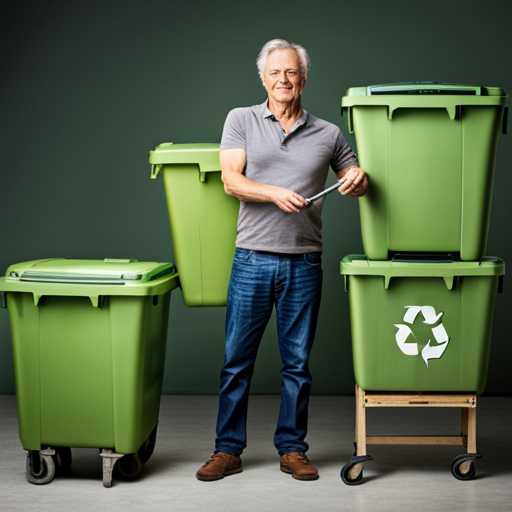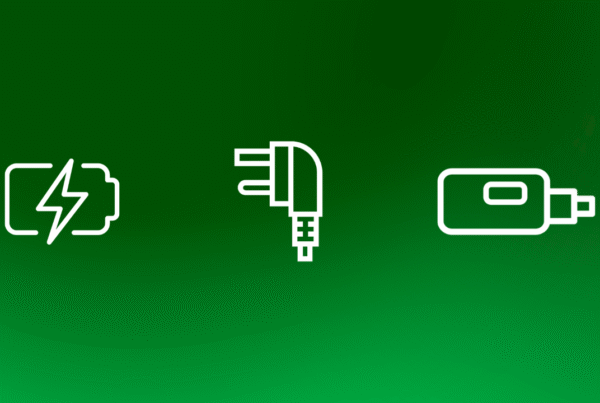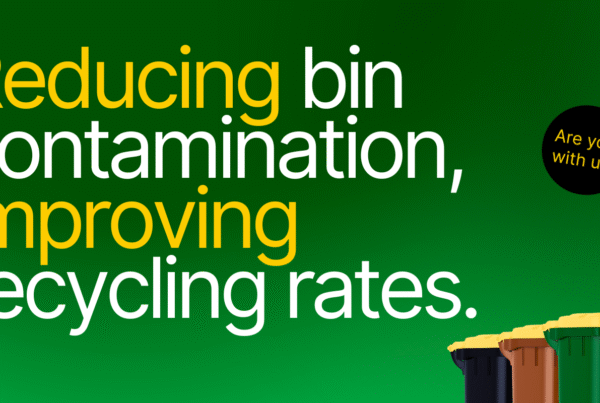An effective recycling system plays a critical role in preserving the environment, conserving resources, and combating climate change. However, implementing an effective recycling system in your home can be less straightforward than it seems. With the different materials, sorting guidelines, and collection systems, the process may seem complicated. But don’t worry, this blog post will walk you through simple steps to set up a recycling system at home that will make a positive impact on your environment.
effective recycling system plays a critical role in preserving the environment, conserving resources, and combating climate change. However, implementing an effective recycling system in your home can be less straightforward than it seems. With the different materials, sorting guidelines, and collection systems, the process may seem complicated. But don’t worry, this blog post will walk you through simple steps to set up a recycling system at home that will make a positive impact on your environment.
1. Learn the Materials
The first step in setting up an effective recycling system in your home is understanding the materials you can recycle. You can print off our handy guide here. Our recycling bins accept plastic, paper, soft plastics and tin cans. However we don’t accept glass in a green bin.
You local bring center can take larger goods or we can do the heavy lifting for you. You can also order a junk removal service from us here.
It’s critical to research the guidelines of your local program to avoid contaminating the recycling and potentially causing more harm than good. Once you understand the acceptable materials, you can set up a sorting system for your home.
2. Organise Your Sorting System
Sorting is a critical element of any effective recycling system. You can use bins, containers, or bags to sort different recyclable materials effectively. One approach is to set up a simple system with two bins—one for recyclable items and another for organic waste for compost. Alternatively, you can have separate containers for each recyclable material type. Having a designated area for recyclables can also help keep flies down to a minimum during summer months. You can involve your family members in the sorting process by setting up labels or posters to guide them.
3. Find Out About Collection
The next step in setting up an effective recycling system is knowing where to put your bin for collection. This can vary depending if you live on a city street with no access for bin trucks or if your waste is collected from outside your house. In contrast, people living in apartments may have drop-off locations for waste (such as an underground car park) where residents should leave their waste.
You can contact a facility manager or view a collection calendar here. Additionally, knowing how the materials should be prepared for collection can make the process smoother.
4. Reduce, reuse, recycle
Before we reuse or recycle it is a key priority to reduce first. While recycling is essential, it’s equally important to reduce the amount of waste we generate. You can do this by adopting purchases with limited packaging, using reusable bags and containers, and consuming less single-use items. We see far too much food waste in general waste bins. If you have a garden you can compost at home or by using your brown bin. Composting is an excellent way to divert organic waste from incineration and create a nutrient-rich soil for your garden.
5. Promote Education and Awareness
Finally, promoting education and awareness about recycling can encourage a culture of sustainability in your community. You can share your recycling success stories with friends and family, educate them about the importance of recycling, and lead by example. You can also participate in local recycling initiatives and attend community events to learn more about recycling efforts. Education and awareness are critical in ensuring that the recycling system is sustainable and effective.
Conclusion:
Setting up an effective recycling system in your home requires a well-coordinated approach to sorting, organizing, and reducing waste. By learning about acceptable materials, sorting guidelines, collection systems, minimizing waste, and promoting education and awareness, you can contribute to preserving the environment. Remember, recycling at home is just one way to create a sustainable future, and every little effort counts.






